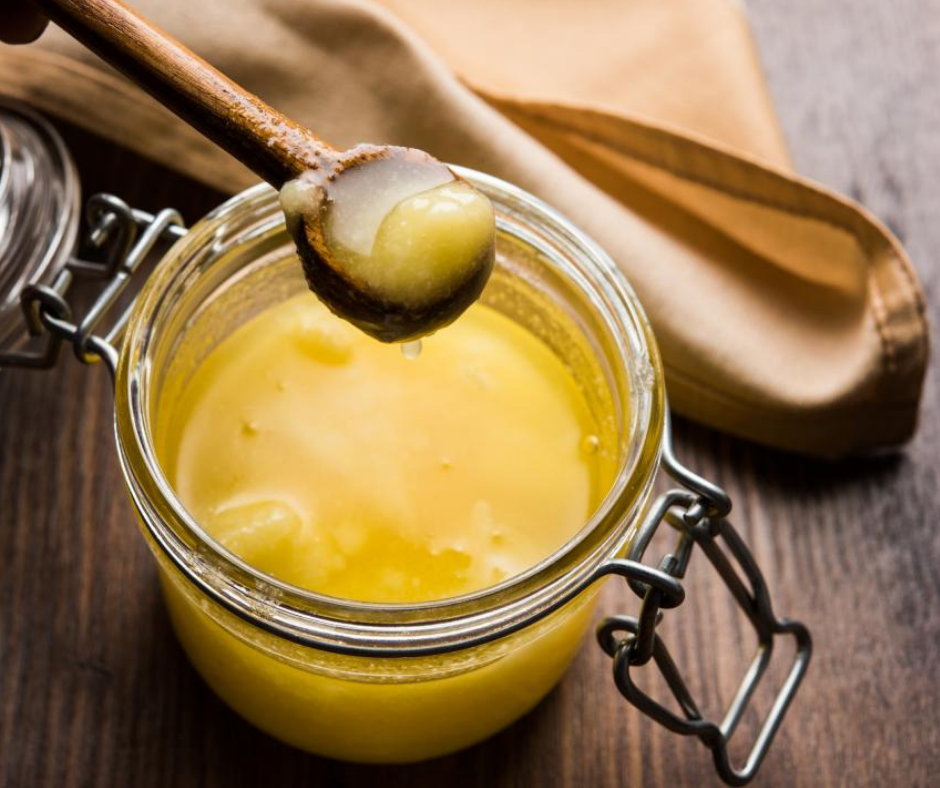Often called thazhuthama or the hogweed, punarnava is one of the most sought-after Ayurveda herbs. Punar refers to purify and nava refers to new; hence punarnava is primarily used for its restoring properties on the body and mind. Almost every part of this plant has medicinal value, from its roots to its flowers. I too find a lot of benefits from this impressive plant when I plan treatments for my patients at my Ayurveda clinic in Chennai. Let’s find out more about this brilliant plant and its multiple applications in Ayurveda.
Punarnava – the characteristics of the plant
This creeper is found all across India, growing wild as a weed, especially after the rains. Its flowers are beautiful and are found in bunches, commonly seen in two colors – purple and white – while its leaves are broad and thick. The roots of punarnava have the most potent medicinal benefits. However, all parts of the plant are effective in managing common medical conditions and in rejuvenation treatment. It is critical in case of imbalances in pitta and kapha rogas. From its ama-pacifying effect on the digestive tract, anti-inflammatory effect, and detoxifying benefits to its diurectic and multiple other benefits, punarnava owes many of its medicinal effects to one of its alkaloidal ingredients.
Punarnava – benefits
This plant is effective across all the major organ systems of the body. Punarnva’s diuretic properties makes it useful in managing kidney disorders and kidney stones. It is also valuable as a digestive, increasing appetite and curing constipation. For the respiratory system, this plant helps in providing relief in case of asthma. In case of providing relief in case of orthopedic conditions such as joint inflammation. It is also effective in treating anemia and menstrual disorders. It detoxifies the liver and is valuable in case of jaundice and other liver conditions. It also helps with weight loss and correcting skin conditions.
Let’s look at some of its important benefits.
Anti-diuretic effect: Punarnava helps in increasing the secretion of urine; hence, it is beneficial in case of urinary infections. It also removes water retention from tissues and body cavities.
Liver condition: Punarnava stimulates bile secretion, which is critical for maintenance of a healthy liver.
Asthma treatment: Punarnava causes thinning of the phlegm and its easy removal from the respiratory system. This helps in removal of blocks from the mucous membrane and in improving the functioning of the lungs.
Digestive tract: This plant removes the ama from the digestive tract, strengthening the stomach muscles and intestine.
Anti-obesity effect: Its anti-diuretic effect helps in removing additional water retention in the body and retaining the electrolyte balance, thus leading to weight loss.
Orthopedic benefits: Punarnava is seen to have incredible benefits in case of arthritis, providing relief from pain, especially in case of inflammatory muscles and joints.
With many more such benefits, Punarnava is really the miracle plant of Ayurveda. To find out more about how you can prepare medications from punarnava and how it can relieve your specific conditions, please do connect with me at http://www.miayurveda.org/ or call me at +91-9444615161.







